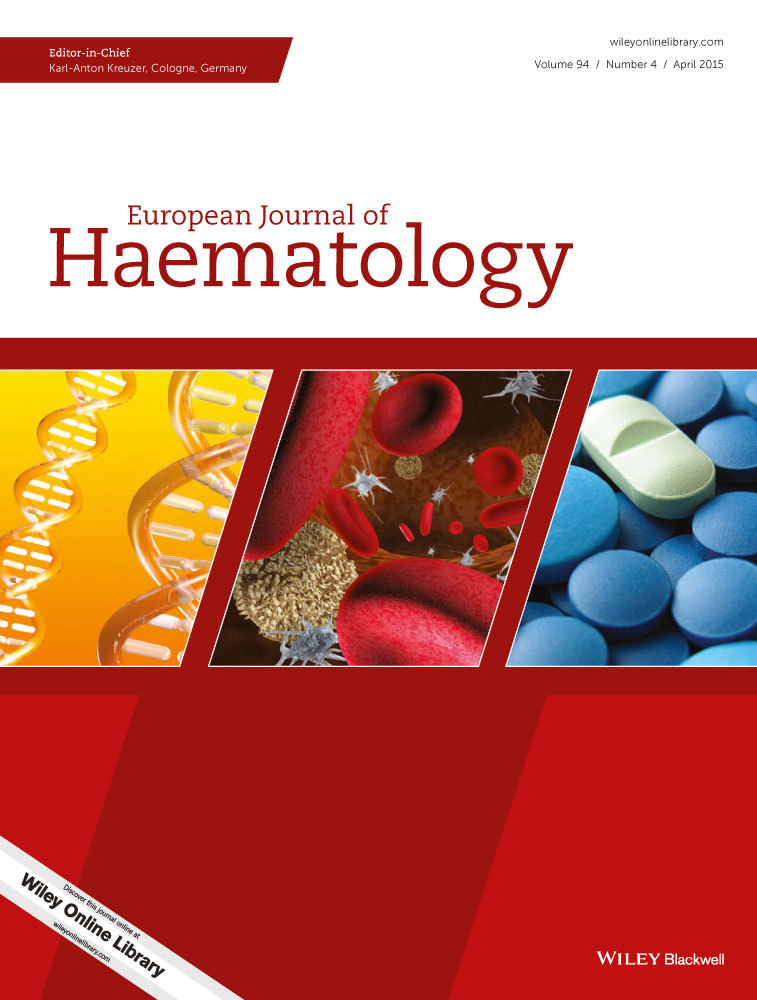Rapid onset of peripheral artery disease in a chronic myeloid leukemia patient without prior arterial disorder: direct relationship with nilotinib exposure and clinical outcome
Abstract
The second-generation tyrosine kinase inhibitor (TKI) of the BCR-ABL1 oncoprotein nilotinib used in patients with chronic myeloid leukemia is suspected to increase the risk of arterial occlusion, especially in patients with pre-existing cardiovascular risk factors or established cardiovascular diseases. Here, we describe a case of unexpected and rapid onset of symptomatic peripheral artery disease (PAD) associated with silent stenosis of digestive and renal arteries in a nilotinib-treated patient devoid of significant cardiovascular diseases (CVD) risk factor, prior atherosclerotic disease, or other cause of arterial damage. This is the first report to establish a direct relationship between nilotinib exposure and PAD and to reveal that arterial damage is irreversible despite rapid drug withdrawal. However, functional outcome was favorable upon rapid TKI replacement, specific cardiovascular disease management, and development of collateral arterial network.




